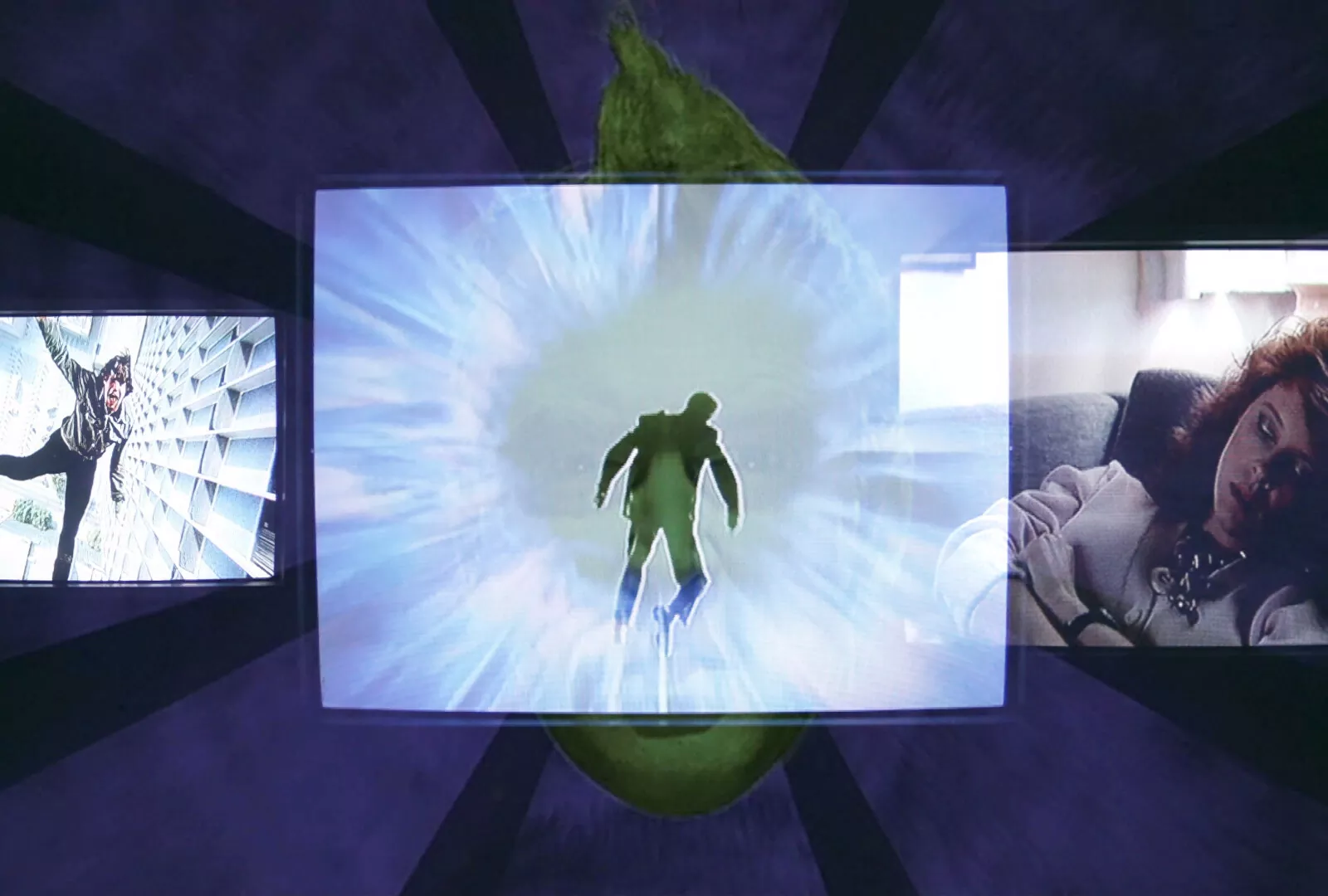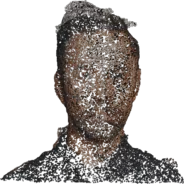EIM 2019 / TASMAN RICHARDSON / PERFORMANCE EVENING AT GRANADA THEATER / A LINE HAS TWO SIDES - TIMELORDS

Opening reception : Saturday, July 27, 2019 ‑ 21h

A Line Has Two Sides (2017) – Three-channel AV performance / 18 minutes
Using glitches from an Atari 2600 game console, A Line Has Two Sides is an audiovisual triptych performed in real time. By triggering hundreds of clips and positioning them in space and time, the audience is enveloped in a vibrant soundscape generated entirely from the sound of the source clips – a signature of the JAWA method developed by Richardson in 1996. The manipulation of these “ghosts in the machine” through synchronized cuts, both visual and sonic, induces a form of anxious immediacy as the nervous system reacts to the light and the heart rate to the bass beat. The result is a fierce, abstract AV work, drawing equal parts inspiration from Kandinsky and Pan Sonic.
/////
Timelords (2015) – AV performance / 11:19 minutes
Timelords evokes the futuristic utopia of recording our moments to share, manipulate and archive them in high fidelity mode. A simulated and speculative time travel, the work is made up of image samples from the golden age of home video and the dawn of consumer-controlled time-based media. The dream of a superior technology, time-proof and alteration-proof, will soon prove impotent in the face of the exponential speed of evolution of our means of recording and transmitting media content, which is now completed by the hyper-connectedness of our Western societies.
In terms of process, Richardson works by reusing audiovisual material in the manner of an author who reuses familiar language. In this case, the first words were formulated with Lethe Baptism (2014) – an audiovisual installation questioning the mechanisms of memory reconstruction – and evolved into Timelords, eventually being reinterpreted for the two-screen performance Doppelganger (2016), a work that questions our perception and technological transposition of reality.
This work was created as a result of a commission for the Videodrome event at the Museum of Contemporary Canadian Art (Toronto), prior to its corporate transformation into MOCA (Museum Of Contemporary Art).